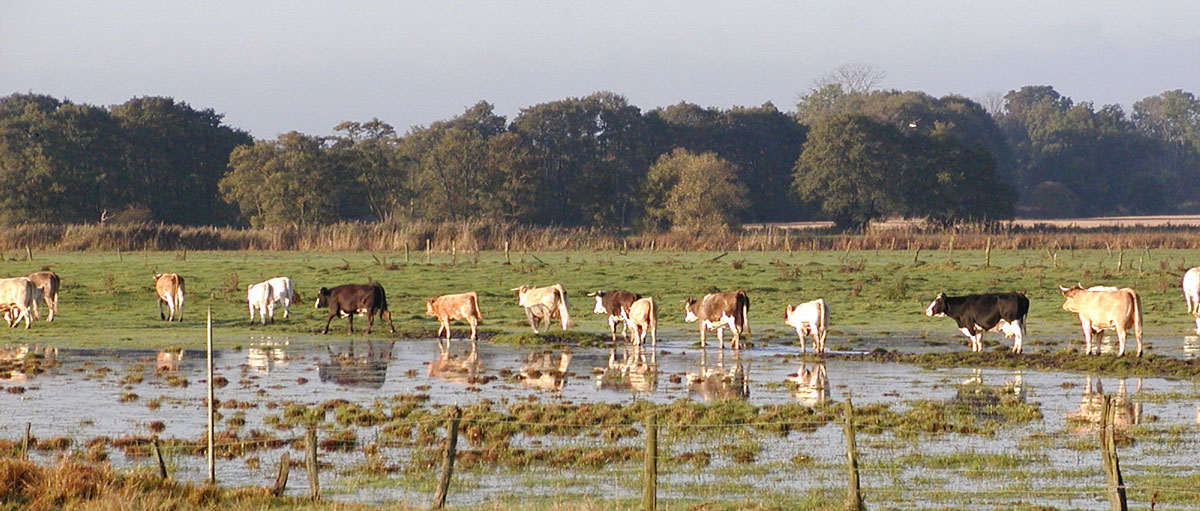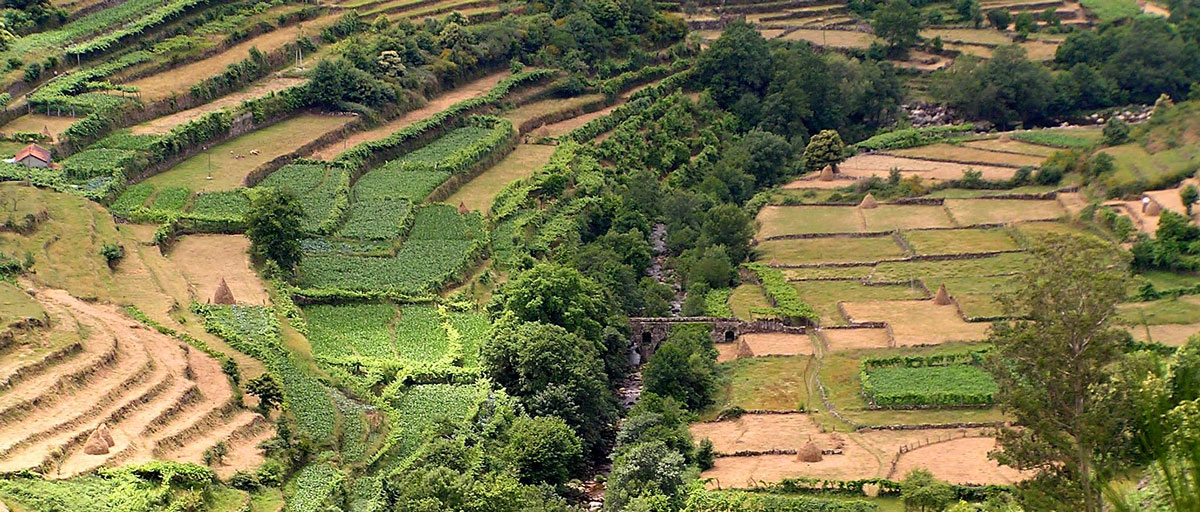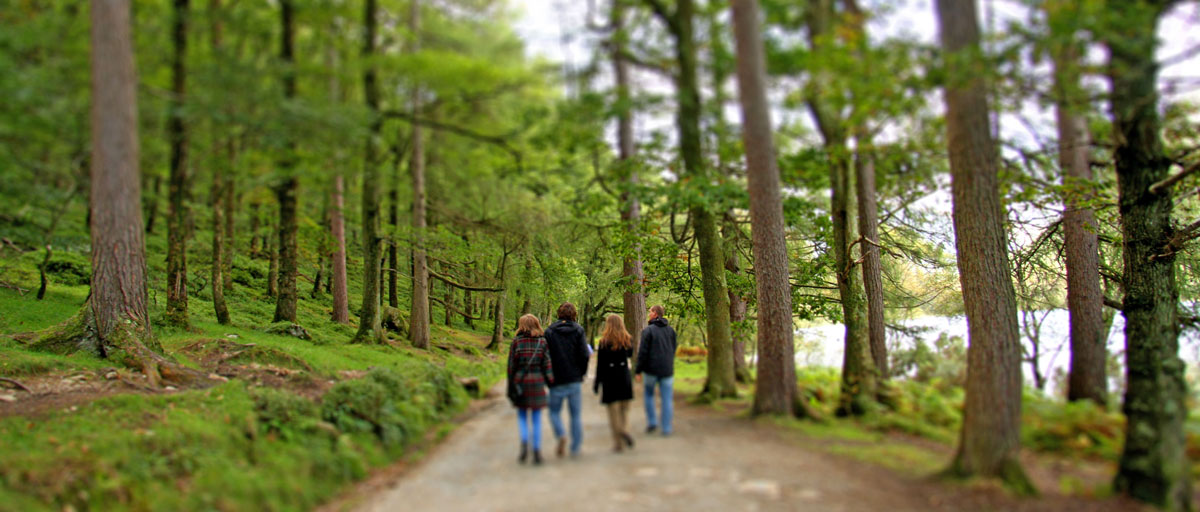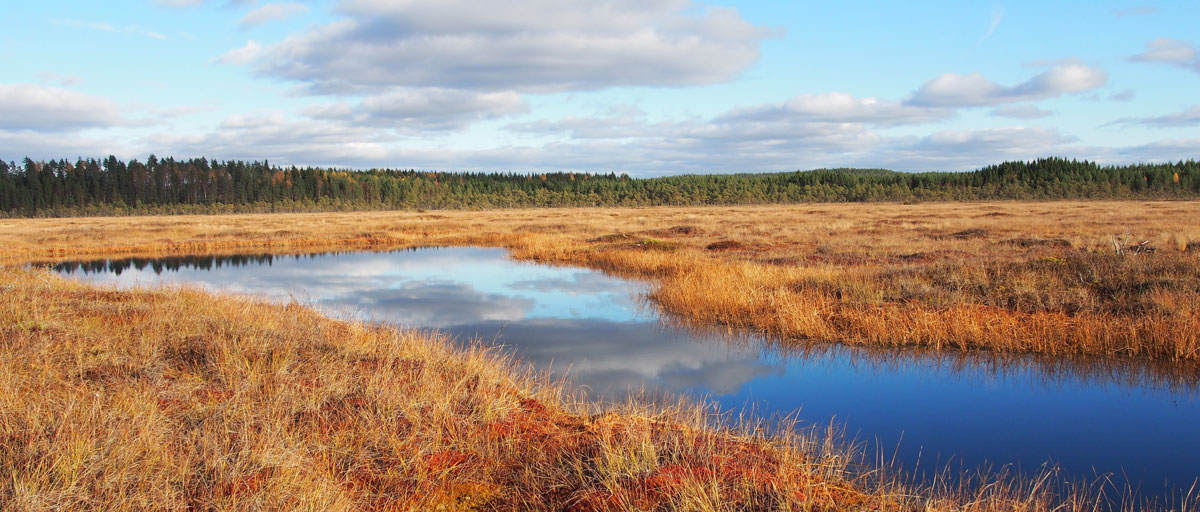
Kulflyten, a mire complex in central southern Sweden. A new study looks into how 15 globally important species of Sphagnum mosses respond to increased temperatures, drought and other environmental changes. Photo: F. Bengtsson.
Bildtext får vara max två rader text. Hela texten ska högerjusteras om den bara ska innehålla fotobyline! Photo: B. Christensen/Azote
CARBON SINKS
Bogged down?
Better understanding of Sphagnum mosses key to understand whether carbon sequestration of northern peat bogs will slow down as the planet warms
- New study looks into how 15 globally important species of Sphagnum mosses respond to increased temperatures, drought and other environmental changes
- Sphagnum mosses are one of the most common components in bogs (peatlands), which in their turn are one of the most efficient carbon sinks on the planet
- New light is shed on whether climate change will cause northern peatlands to release or accumulate carbon in the future
A new study by Adriano Mazziotta, a former postdoctoral researcher at the centre, Jon Norberg and others looks into 15 species of Sphagnum mosses and how they respond to warming and other kinds of changing environmental conditions.
“Sphagnum is crucial given their role as ecological engineers, since they form nontropical peatlands by peat accumulation and maintain important carbon sinks through many hydrological and ecological feedbacks,” they write.
What this means is that Sphagnum moss, also called peat moss, is one of the most common components in peatlands (or bogs), which in their turn are among the most efficient carbon sinks on the planet. But now this can change as these wetland ecosystems are increasingly under threat from climate change and a range of other human impacts.
The study which was conducted together with colleagues from the Department of Ecology and Genetics at Uppsala University, Sweden, is published in the Journal of Ecology.
Structural equation modeling
The researchers gathered a range of different information for 15 globally important Sphagnum species covering a wide range of ecological preferences. Data included water level, shade, physiological traits, production and decomposition, from three study sites in Sweden. This data was then fed into a statistical model (a piecewise Structural Equation Model) to investigate how environmental changes influence vital processes for the Sphagnum mosses and the peatlands they help form.
It is debated whether climate change (increased temperatures and lowering of the water-table) in northern peatlands will cause a carbon release through enhanced bacterial decomposition or a carbon accumulation because of higher Sphagnum photosynthesis and longer growing seasons.
"Thus, to further advance our knowledge on how global change affects the function of many peatlands we need to understand how moss traits scale to ecosystem processes," concludes the team of researchers.
It is known from previous studies that some Sphagnum species avoid the stress caused by periodic dehydration in hollows by investing more in traits like fast photosynthesis and growth, while other species are adapted to grow in drier conditions through slow metabolism and other ways to conserve resources. The role of these different adaptations and trade-offs for whole ecosystems has received considerable attention for other plants but less so for mosses.
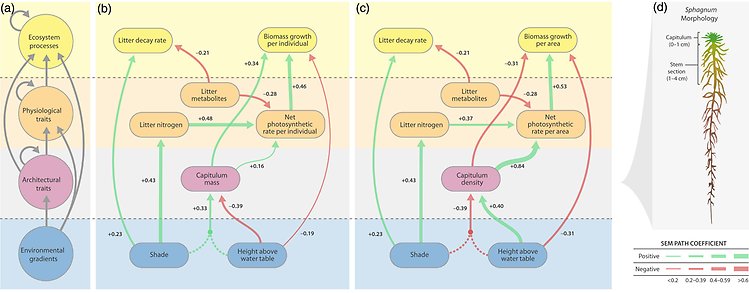
Upscaling traits to processes in Sphagnum peat mosses. Image credit: J Lokrantz/Azote. Click on illustration to access more details
Threatened carbon sink
Climate change can significantly influence Sphagnum growth and changes in water availability are likely to be more important than temperature itself, they write. This is critical as climate models predict significantly less water available for northern Europe by 2050, which could lower water tables by roughly 10 cm in peatlands. However, the results of the new study indicates that northern peatlands might be less vulnerable than previously feared.
"Lowering of the water-table had minor direct changes in our model, indicating high resistance of boreal peatlands to climate change," the authors write.
Additionally, eutrophication by increasing the deposition of nitrogen in the peat layer is expected to alter the response of the Sphagnum mosses to climate change.
"While we found that high nitrogen is expected to increase photosynthetic rate and hence Sphagnum growth, nitrogen deposition in combination with high temperatures seems to affect Sphagnum performance negatively, through both physiological effects and by stimulating shrub and tree growth and thereby out-competing Sphagnum,"they write.
These effects together with higher decomposition under higher temperatures and drought may ultimately cause peat carbon loss. In southern Sweden, previous studies have indeed shown that decades of nitrogen deposition has increased woody vegetation at the expense of Sphagnum mosses, hence limiting the potential for peat accumulation. In northern Sweden, on the other hand, increasing temperatures have likely caused an increase in Sphagnum cover, they write.
The jury is still out, but the new study has certainly shed some new light on whether climate change will cause boreal peatlands to release or accumulate carbon in the future.
Methodology
The data used in the study came from three study sites: Kulflyten, a mire complex in central southern Sweden; Glon, a small rich fen in northern Sweden; and Ryggmossen, a bog complex in eastern central Sweden. The set included data on environmental gradients (water level and shade) as well as functional traits (architectural and physiological) and ecosystem processes (production and decomposition) for 15 globally important Sphagnum species. This data was then used in a “piecewise Structural Equation Model (SEM)” to model and predict the Sphagnum mosses’ responses to environmental variation, including how these responses in their turn might influence biomass production and decomposition on the scale of the whole peatland ecosystems.
Mazziotta, A., Granath, G., Rydin, H., Bengtsson, F., & Norberg, J. 2018. Scaling functional traits to ecosystem processes: towards a mechanistic understanding in peat mosses. Journal of Ecology. doi.org/10.1111/1365-2745.13110
Jon Norberg’s research focuses on complex adaptive systems perspectives on social and ecological processes

